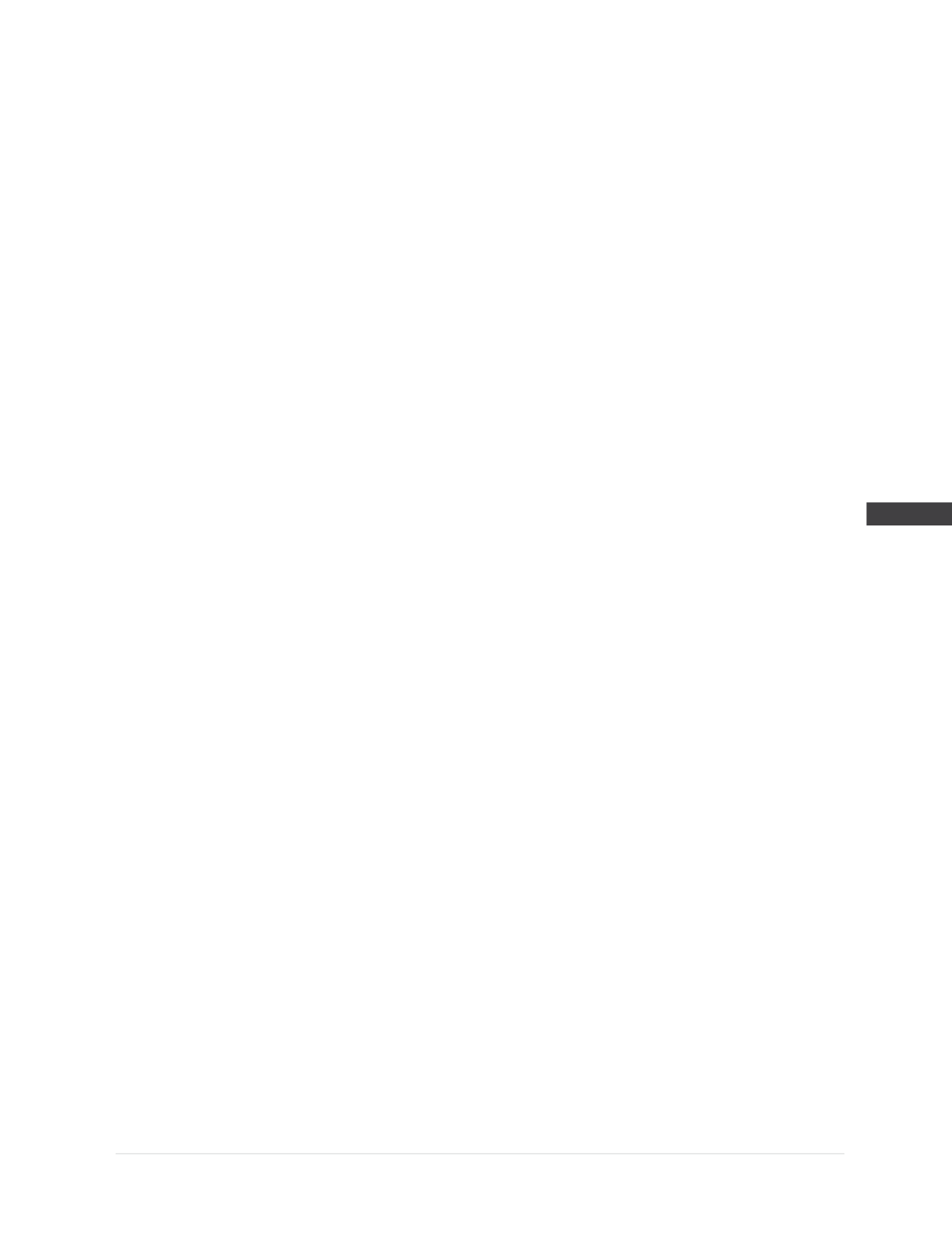

© 2014 Foundation Supportworks
®
,
Inc.
All Rights Reserved
p 281
APPENDIX 3D
MODEL SPECIFICATION – HYDRAULICALLY-DRIVEN PUSH PIER SYSTEMS
Chapter 3
Hydraulically-Driven Push Piers
3.1.5 External Sleeve: Hollow steel shaft section installed through the bracket assembly and
around the pier starter tube to provide additional bending strength at and directly below
the bracket.
3.1.6 Factor of Safety: The ratio of the ultimate pier capacity or nominal resistance (strength)
to the nominal or service load used in the design of any push pier component or interface
(Allowable Stress Design).
3.1.7 Factored Load: The product of a nominal load and an applicable load factor (Load and
Resistance Factor Design).
3.1.8 Factored Resistance: The product of a nominal resistance and an applicable resistance
factor (Load and Resistance and Factor Design).
3.1.9 Geotechnical Capacity: The maximum load or the load at a specified limit state, that can
be resisted through the push piers interaction with the bearing soils (see also Ultimate
Pier Capacity).
3.1.10 Limit State: A condition beyond which a push pier component or interface becomes unfit
for service and is judged to no longer be useful for its intended function (serviceability
limit state) or to be unsafe (ultimate limit state (strength)).
3.1.11 Load and Resistance Factor Design: A structural and geotechnical design methodology
that states that the Factored Resistance (Design Strength) must be greater than or equal
to the summation of the applied factored loads.
3.1.12 Load Factor: A factor that accounts for the probability of deviation of the actual load
from the predicted nominal load due to variability of material properties, workmanship,
type of failure, and uncertainty in the prediction of the load (Load and Resistance Factor
Design).
3.1.13 Load Test: A process to test the ultimate pier capacity and relation of applied load to pier
head settlement by application of a known load on the push pier head and monitoring
movement over a specific time period.
3.1.14 Loads: Forces that result from the weight of all building materials, occupants and their
possessions, environmental effects, differential movement, and restrained dimensional
changes. Permanent loads are those loads in which variations over time are rare or of
small magnitude. All other loads are variable loads (see also Nominal Loads).
3.1.15 Mechanical Strength: The maximum load or the load at a specified limit state that can
be resisted by the structural elements of a push pier.
3.1.16 Net Deflection: The total settlement at the pier head minus the theoretical elastic
deformation of the pier shaft during a load test.
3.1.17 Nominal Loads: The magnitude of the loads specified, which include dead, live, soil,
wind, snow, rain, flood, and earthquakes (also referred to as service loads or working
loads).
3.1.18 Nominal Resistance: The pier capacity at a specified ultimate limit state (Load and
Resistance Factor Design). See Ultimate Pier Capacity.












